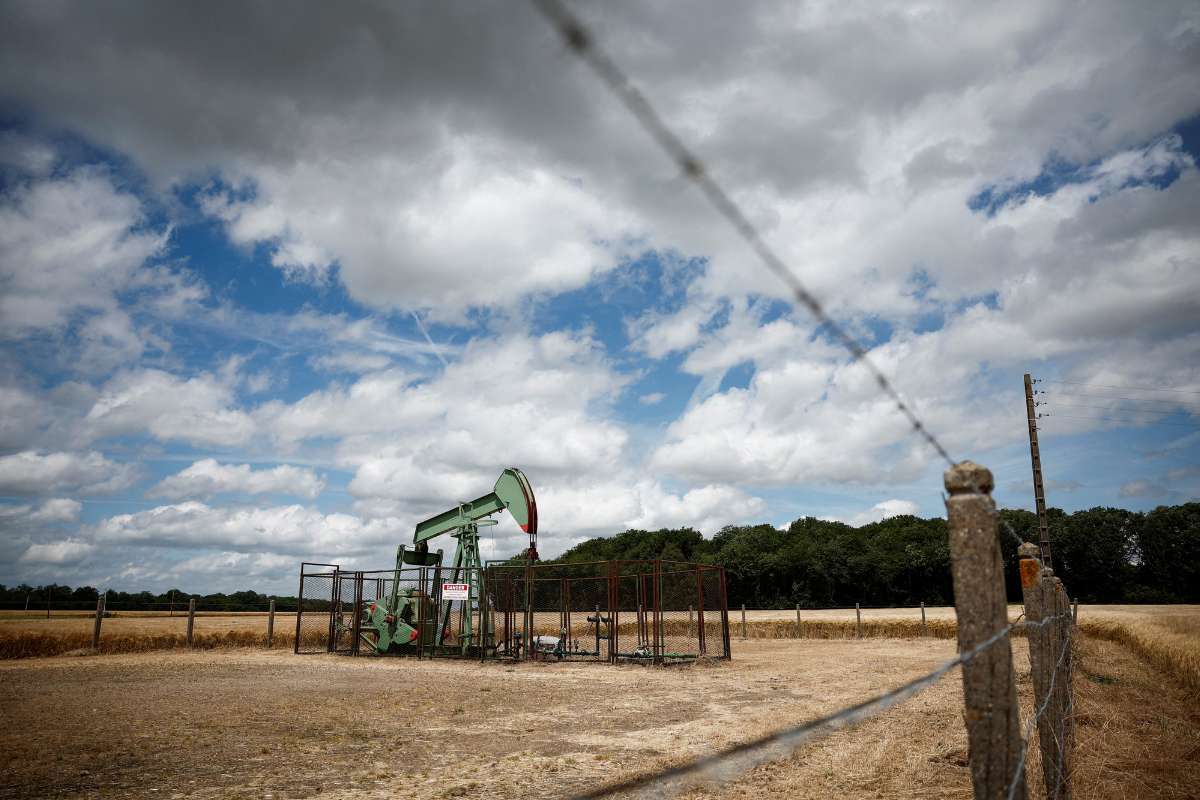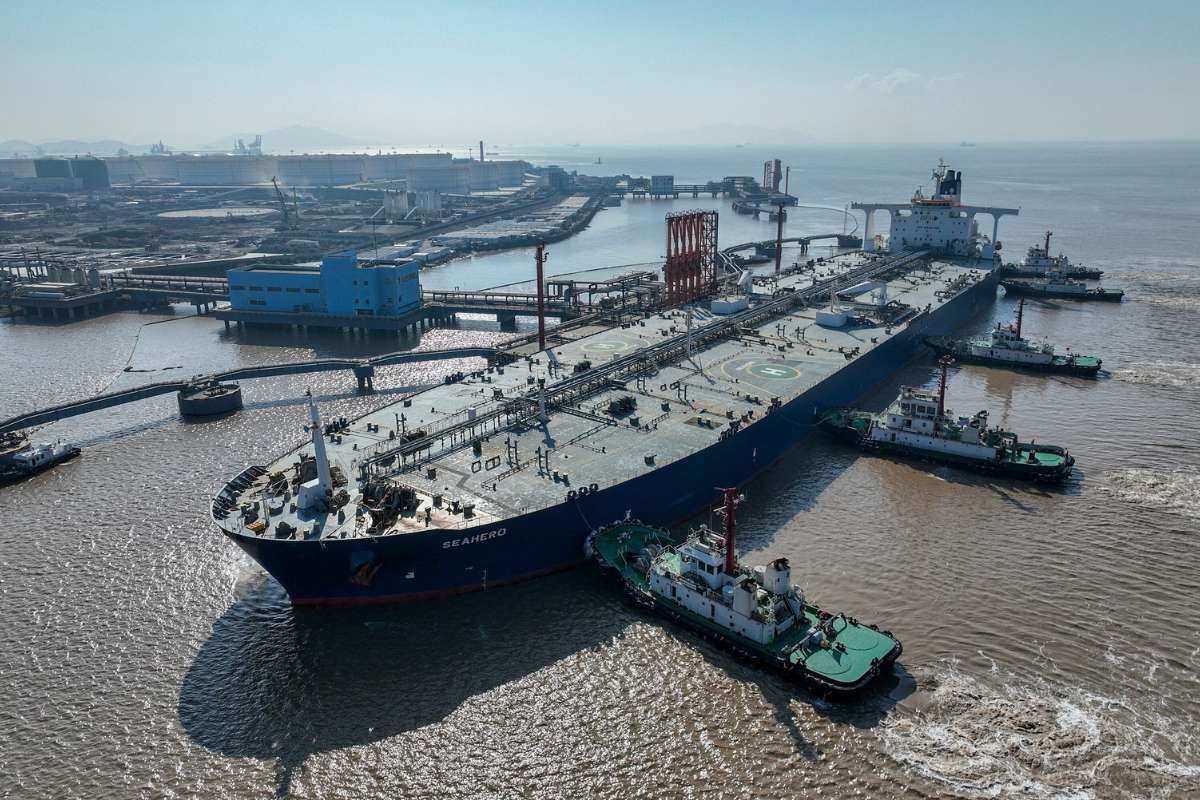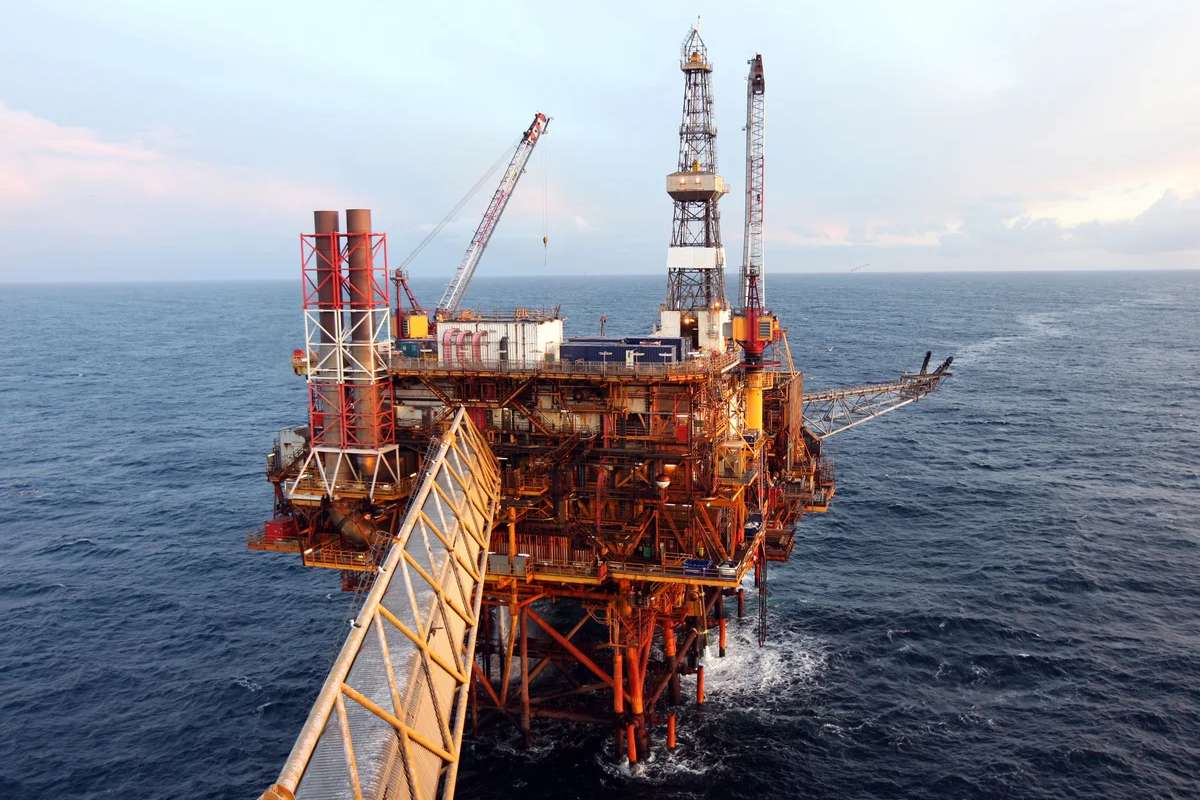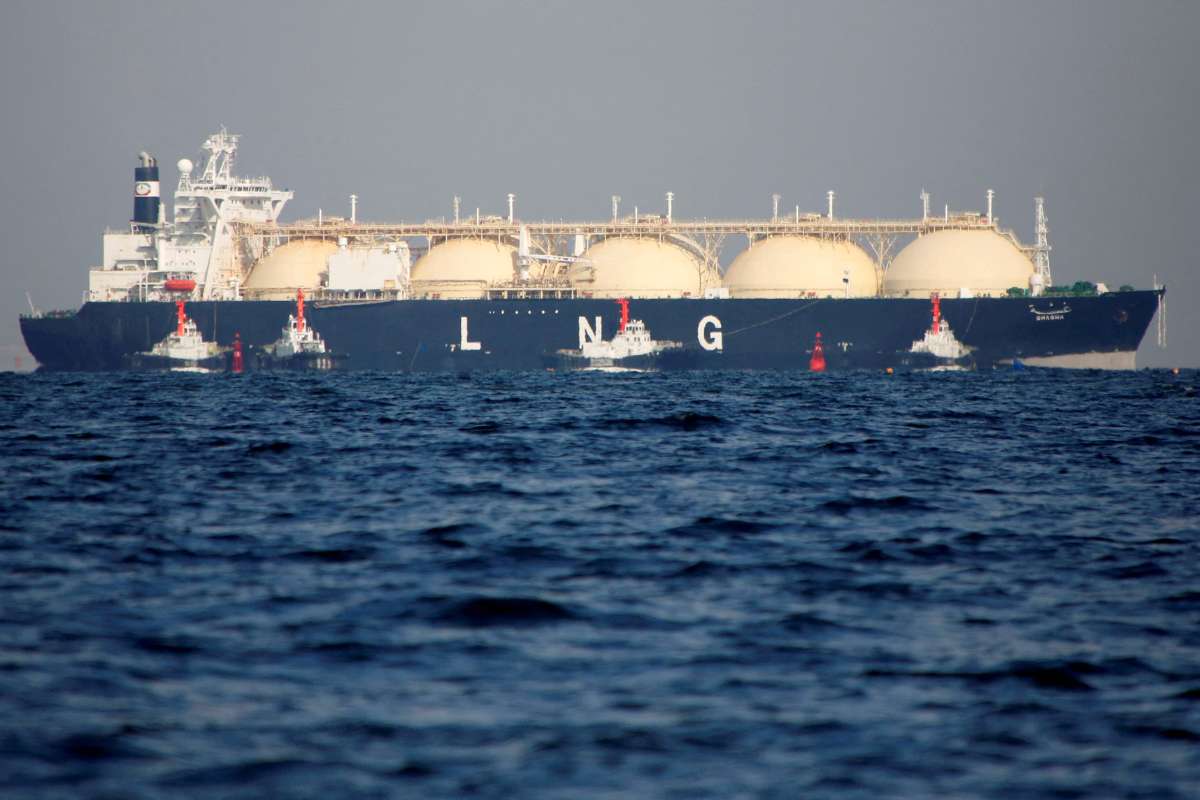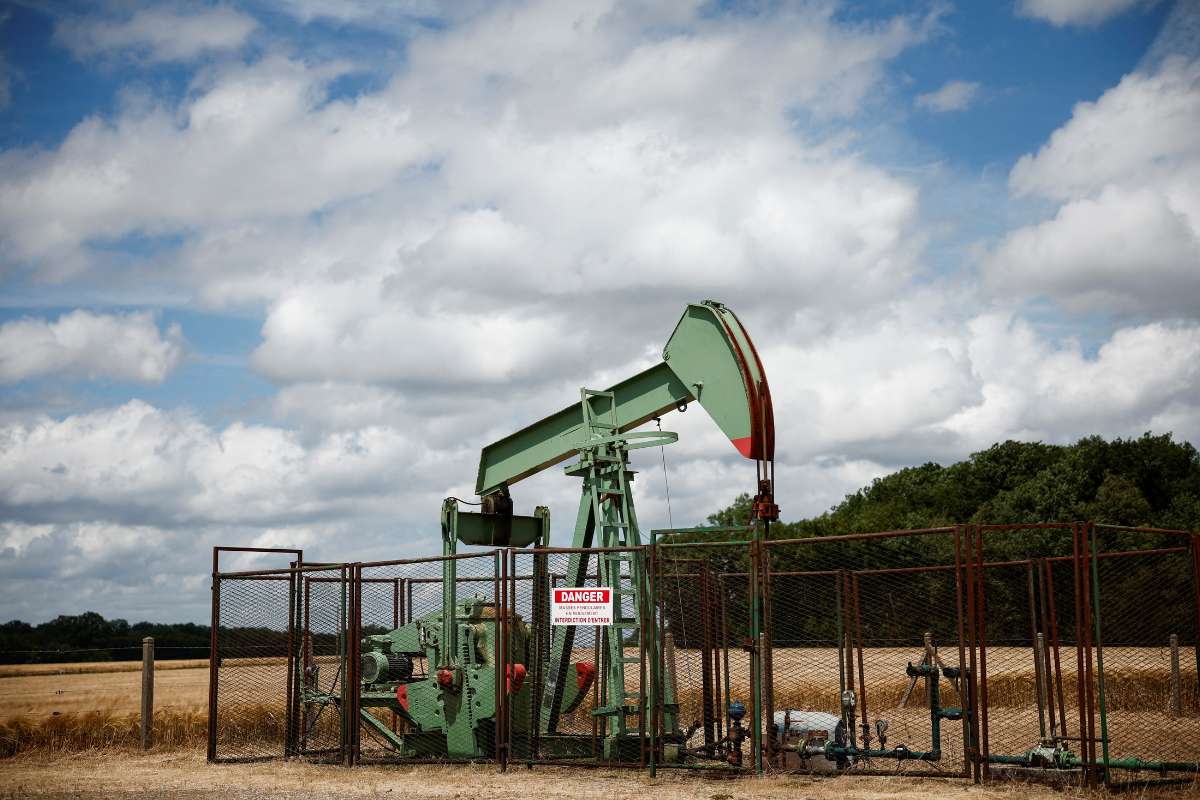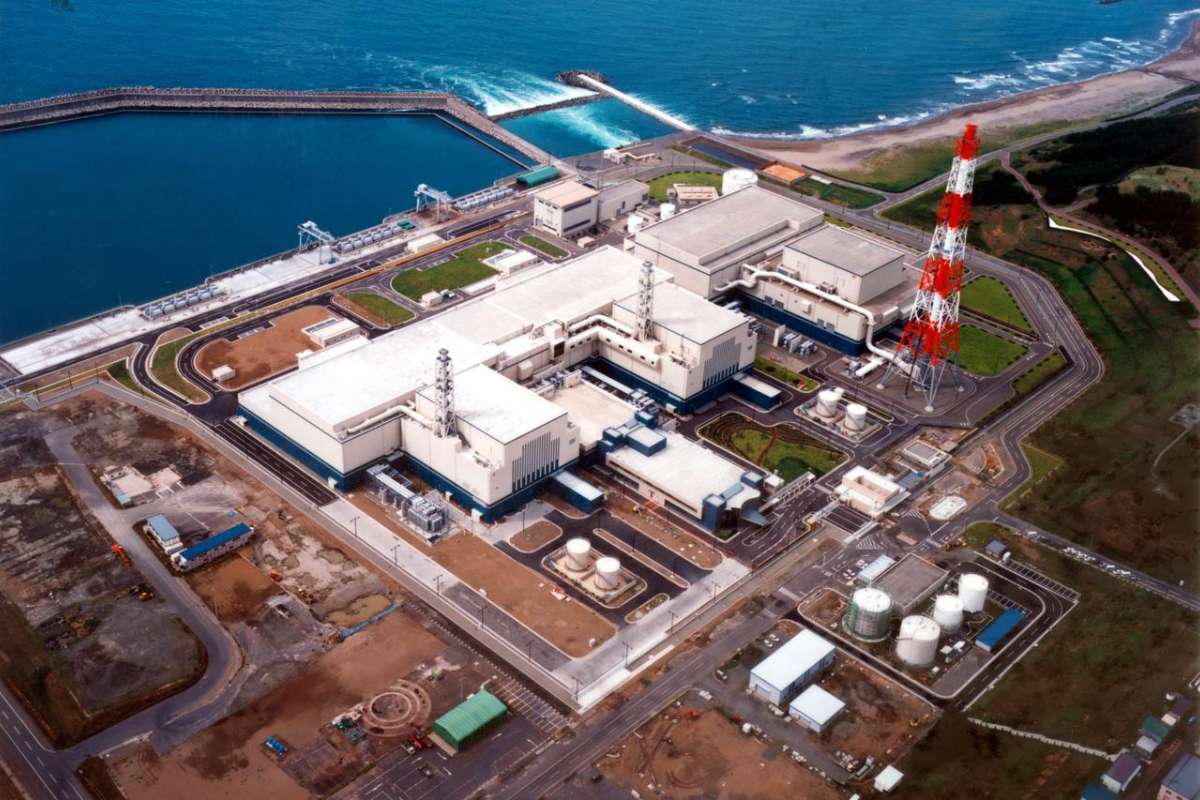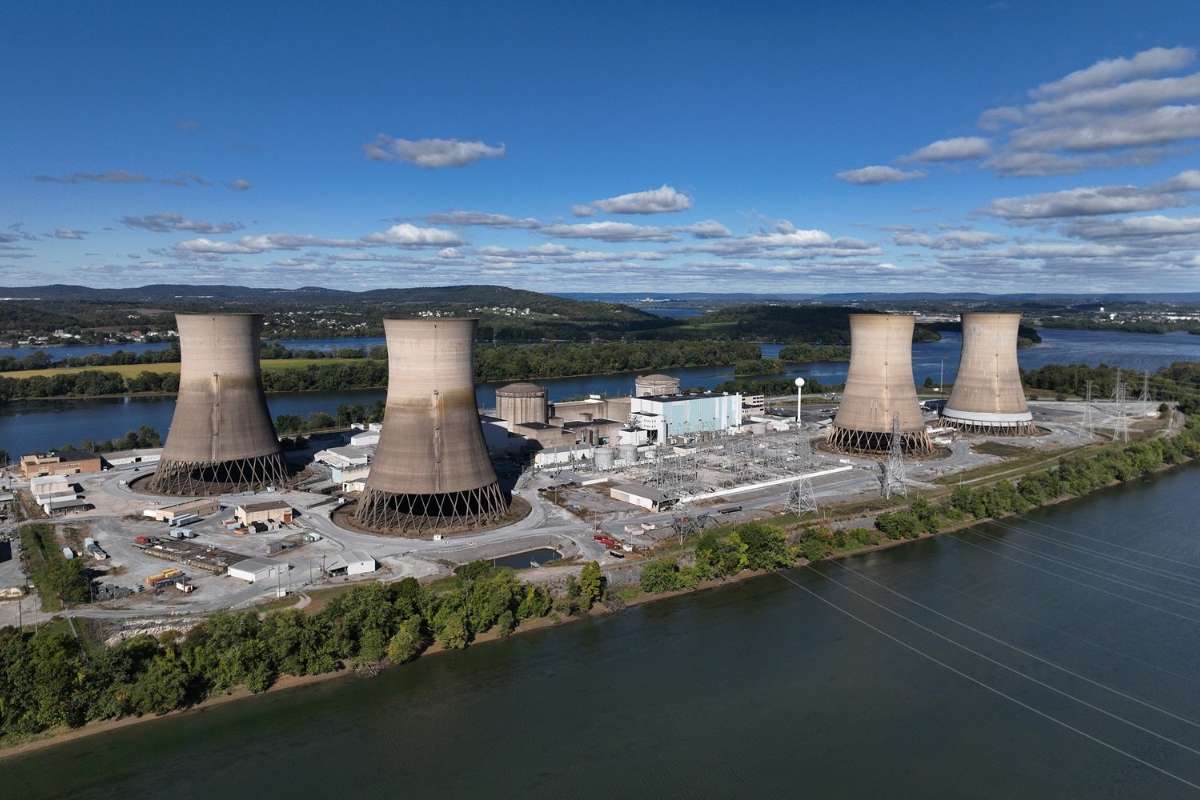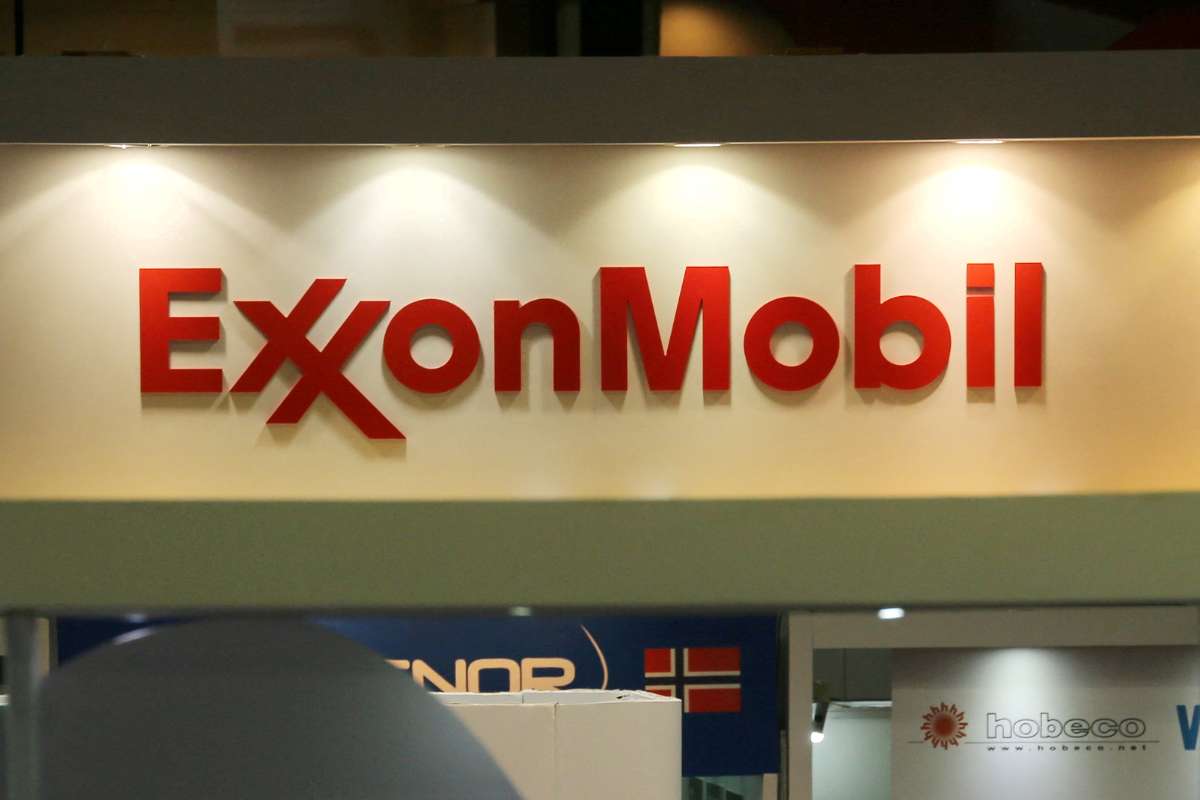Oil prices rose by approximately 3% as trading resumed Sunday evening, following the United States’ targeted bombing of Iranian nuclear facilities over the weekend. U.S. crude hovered around $76 a barrel—significantly higher than rates before recent Middle East tensions, though still moderate by historical standards. This reaction indicates traders are wary of Iran’s possible response but are not anticipating immediate severe disruption to the global oil supply.
Despite mounting tensions between Israel and Iran, damage to oil and gas infrastructure in both nations has yet to materially disrupt energy flows. The key concern moving forward is whether Iran will attempt to escalate the situation, particularly by targeting energy routes in the region.
Strait of Hormuz Emerges as Flashpoint
Strategic focus now rests on the Strait of Hormuz—a critical chokepoint for global energy transport. The narrow waterway, bordering southern Iran, sees roughly 20% of the world’s oil and liquefied natural gas (LNG) shipments pass through daily. Any interference, whether partial or complete closure, could spike energy prices worldwide and simultaneously harm Iran, as the strait is vital to its Oil prices rose export economy.
While a full shutdown is considered unlikely, analysts warn Iran could still increase risk in the region. Tactics such as missile strikes on tankers or deploying naval mines could make passage through the strait more dangerous. RBC Capital Markets reported Sunday that Iran can target both tankers and key ports. Last week, two tankers collided near the strait amidst reports of GPS jamming, adding further concern about the area’s security.
Iranian Foreign Minister Abbas Araghchi stated that the country would respond in “self-defense,” though he offered no specific details. ClearView Energy Partners noted that any Iranian retaliation against U.S. forces in the region could prompt traders to begin pricing in escalation scenarios that were previously deemed improbable.
Global and Domestic Implications Mount
The geopolitical flare-up is already affecting consumer costs. Gasoline prices in the U.S. rose nearly 3% last week, reaching an average of $3.22 per gallon—up from $3.13 a week earlier but still below last year’s $3.45. As Oil prices rose generally precede fuel costs, further increases could hit consumers at the pump in the coming weeks.
Vice President JD Vance addressed the situation Sunday, warning that any attempt by Iran to obstruct shipping through the Strait of Hormuz would be “suicidal.” Speaking on NBC’s “Meet the Press,” Vance urged Iran to consider returning to negotiations to dismantle its nuclear weapons program, rather than escalating conflict.
With over 80% of the Oil prices rose passing through the Strait of Hormuz destined for Asia, countries in the region remain particularly vulnerable. However, energy markets worldwide—including the U.S.—face uncertainty and potential cost increases if the crisis intensifies or turns prolonged.
Explore More News In Our Oil Gas Energy Magazine
